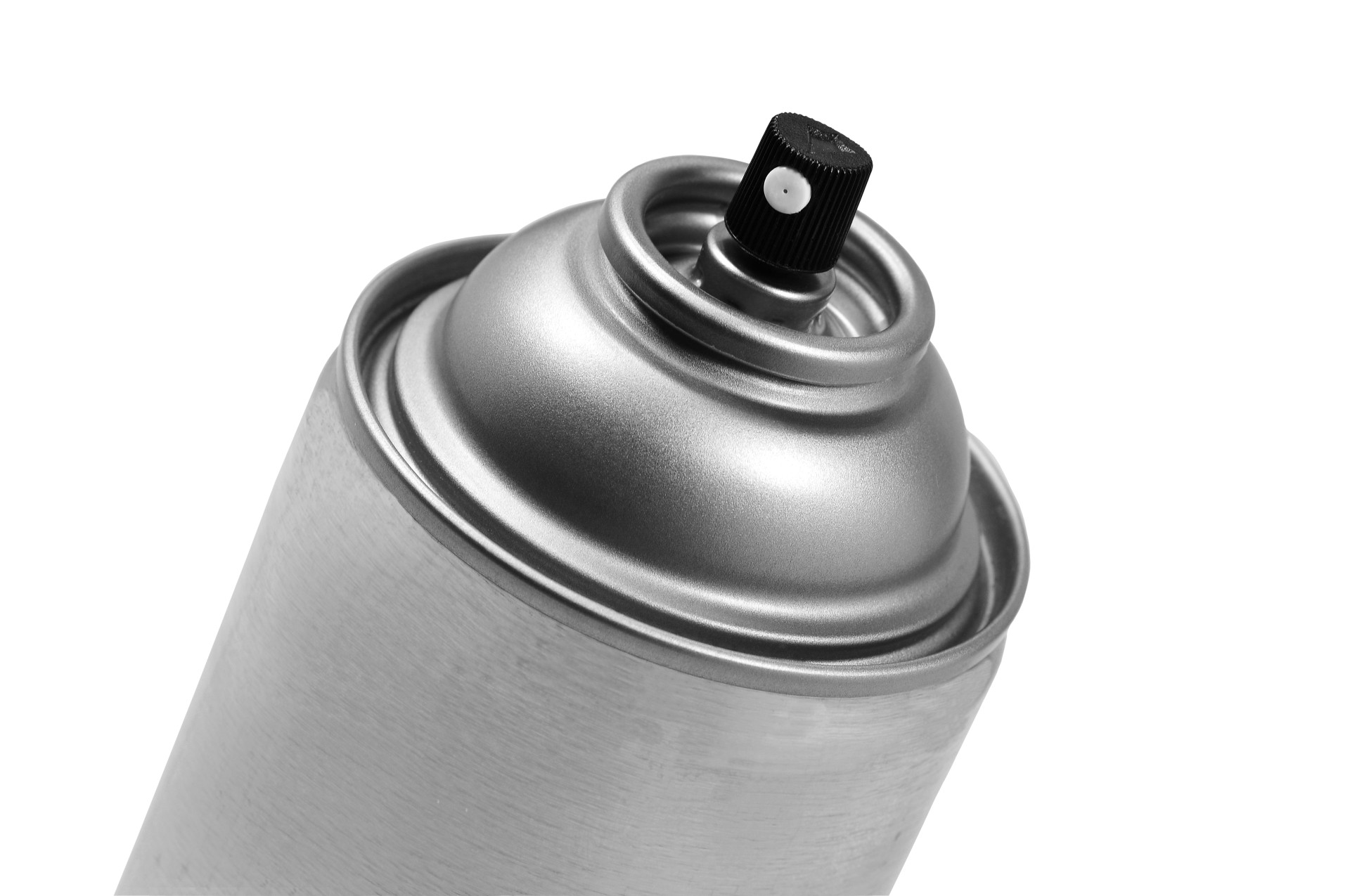
Colorado State University researchers are developing a program aimed at reducing the number of Native American middle school students experimenting with huffing, marijuana or alcohol.
CSU’s Tri-Ethnic Center for Prevention Research has received a $2 million grant from the National Institute on Drug Abuse to implement the “Be Under Your Own Influence” program at seven rural middle schools near American Indian reservations and evaluate its effectiveness.
The project targets Native American students because statistics show they are at a higher risk of using drugs, alcohol and huffing (inhaling volatile chemicals found in household products to get high), said Linda Stanley, a research scientist with the Tri-Ethnic Center.
One in four students has tried huffing by eighth grade, according to the National Institute on Drug Abuse. That number jumps to 1 in 3 for Native American students..
“Middle school students, particularly seventh graders, are the largest users of inhalants,” Stanley said. “These substances are easy to access and lying around most households. Some of the kids try it and stop but others move on to abuse other substances. We want to reach these kids when they are young.”
Reaching students
To do that, the research team will use a combination of marketing and peer mentoring.
“Be Under Your Own Influence” is a drug prevention campaign developed by Kathleen Kelly, a CSU professor of marketing and director of the Center for Marketing and Social Issues. It reminds teens that using drugs undermines their ability to be independent and achieve their goals.
Kelly, also a member of the research team, helped create the program a decade ago after surveying teens across the country.
“All of the students, no matter their ethnicity or whether they lived in rural or urban areas, talked about their aspirations and desire to act independently and how those factors influenced their choices,” she said.
The “Be Under Your Own Influence” campaign has shown promising results. During a randomized trial in the mid-2000s, the campaign contributed to a 40 percent reduction in marijuana and alcohol use among middle school adolescents.
“We wanted to use this program because there were some very good outcomes during earlier studies,” Stanley said.
Getting started
For this project, Kelly will work with students in the seven schools and communities to identify messages and images that resonate with them.
Members of the research team will survey students about their attitudes and use of inhalants and other substances before and after being exposed to the campaign. They also will identify and train 11th graders to mentor middle school students and reinforce the “Be Under Your Own Influence” message.
The ultimate goal, Stanley said, is to produce an effective, inexpensive program that schools and communities can implement on their own.
“Schools don’t have a lot of resources so we want to create something they can adopt and use,” she said.
The two-year project is just getting underway.
“Right now, we are recruiting schools and communities to work with us on the project,” said Susan Harness, field director for the Tri-Ethnic Center. “We are trying to get a good geographic representation.”
The CSU-based center was established in the 1970s as part of the Department of Psychology in the College of Natural Sciences to research and better understand the community dynamics and social, psychological and cultural factors that contribute to substance abuse, school violence, dropout rates and other societal issues.